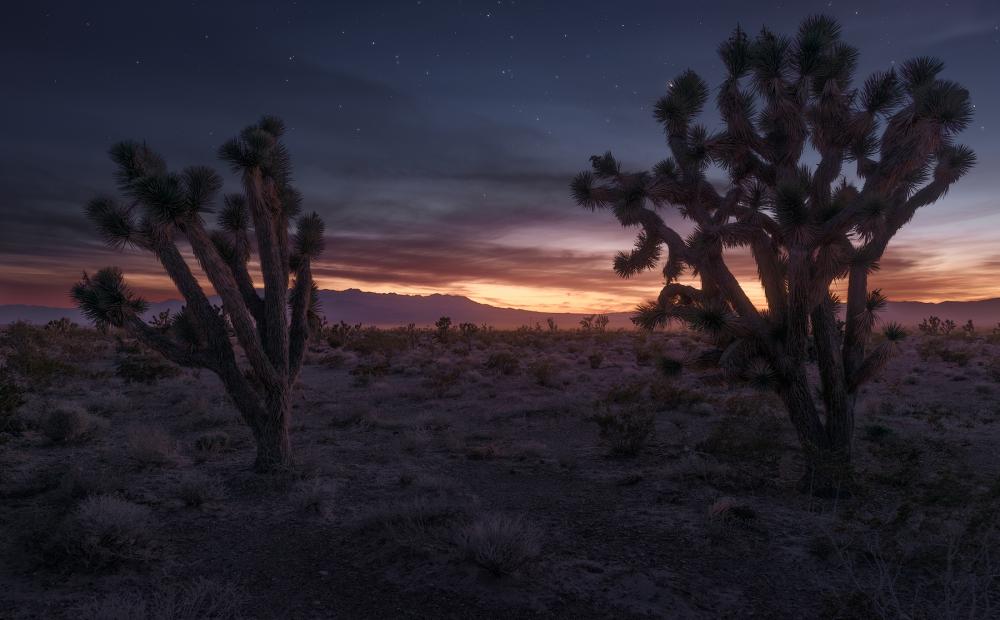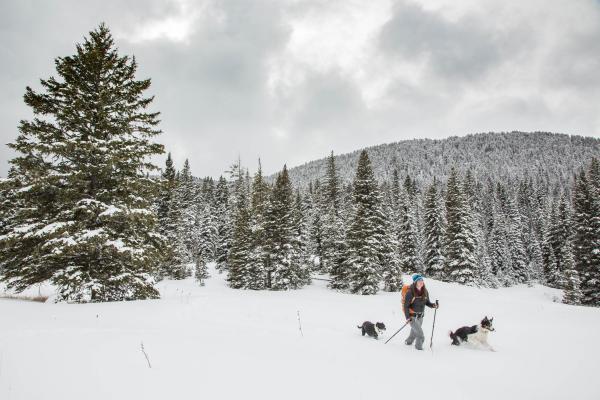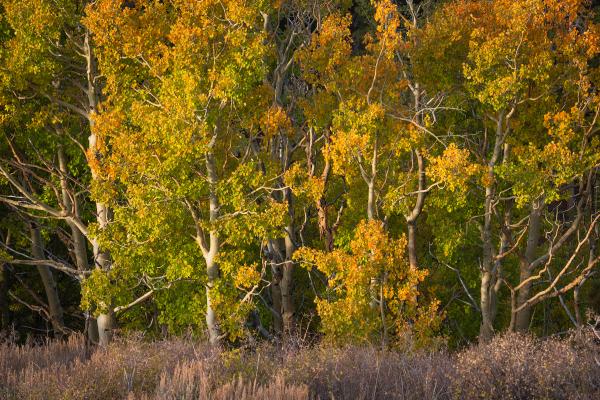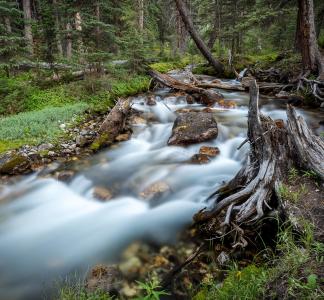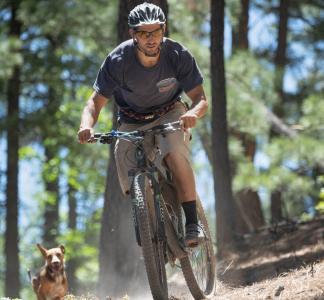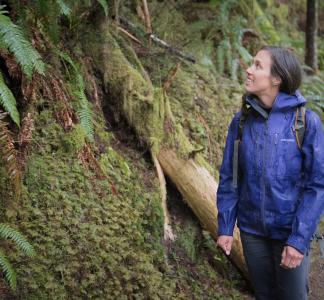Managing wildlands responsibly
Mason Cummings, TWS
Conservation and quiet recreation must be part of public land management decisions
Human activity like energy development and off-road vehicle use is changing the face of America’s public lands. While there is a place for such things, we must ensure our wildest lands are managed by the Bureau of Land Management and other agencies in a way that shields them from lasting damage. We work to ensure our dwindling wild places are preserved for conservation, research and low-impact recreation like hiking and camping.
That job mostly plays out behind the scenes. As federal agencies make decisions on how lands should be used, we try to shed some light on the process, making sure the public has input on lands that belong to them. Additionally, we challenge agencies when they haven’t properly taken stock of the land’s wild qualities and work with them on plans that protect the wildest places while guiding any necessary development towards less sensitive areas.
Diverse activities vie for space on our public lands, including energy production and different types of recreation. For wildlands to be healthy, we need public land agencies to manage these activities in a balanced way that includes more conservation.
Explore places we're working to protect
What we're doing
-
Protecting the wildest areas
Many public lands play host to energy or other development. We work with agencies like the Bureau of Land Management (BLM) to minimize the footprint from these projects, keep development away from the wildest areas and ensure it is offset by conserving wildlands and important habitat.
-
Ensuring public input
We work to ensure the public is involved in decisions about drilling, mining and recreation on our public lands and elevate opportunities for people to voice their opinion to federal agencies on how lands are managed.
-
Preserving recreation areas
We work with communities to propose areas for low-impact backcountry recreation like camping and hiking so we can protect the wildest lands and ensure all Americans can enjoy them in a sustainable way.
-
Taking legal action
Through legal action, we challenge energy lease sales and other plans on national public lands that haven’t properly considered the conservation value of a given area.
What you can do
Join our WildAlert list for opportunities to tell elected officials that our wildlands deserve protection.
